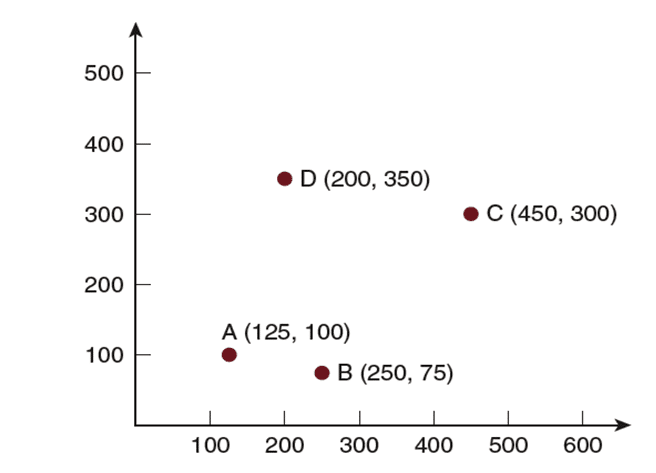1. Introduction
Operation management and supply chain, both are important aspects of a business. Operation management involves all the activities inside the organization and supply chain management includes the activities related to the supply of products to the market. This report is a detailed analysis of the operation and supply chain management of the company M&M. M&M has a rich history from the past 100+ years. The company is continuously offering new products and new segments of the business but one thing is common that all the segments act as family members(Abbady. . .


